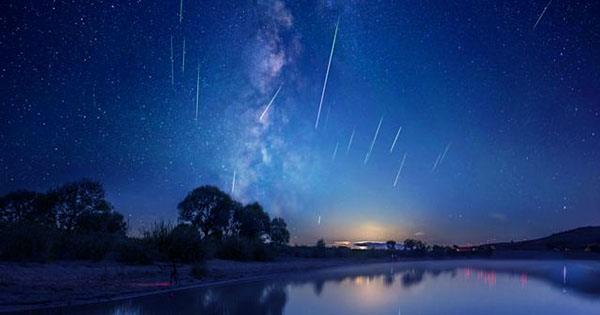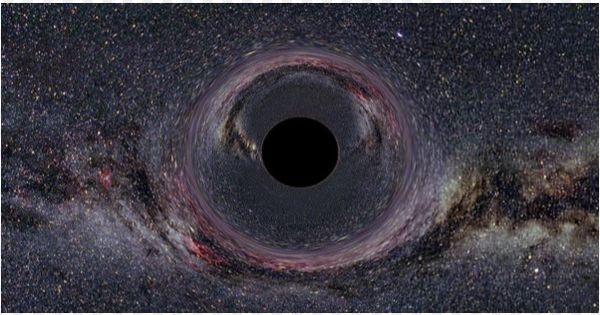Right now, Earth is traveling through a cloud of dust and debris left behind by Halley’s Comet, the most renowned of all comets. The Orionids meteor shower, which brightens the night sky at this time of year, peaks in the early hours of tomorrow. Unfortunately, the full Moon tonight coincides with the meteor shower, which means it may overshadow any heavenly sparkles flying through the night sky. However, there are generally approximately 20 shooting stars each hour, so it is always worth a look. The Orionids begin in early October and last through the first week of November, so do not be discouraged if the bright Moon interferes.
Because of the flashes of light created by dust and rock fragments – some as small as a grain of sand – burning up in the atmosphere as Earth passes through a comet’s tail, meteors known as shooting stars. Meteor peaks occur when we pass through the most particles in a comet stream, resulting in the lightest, brightest, and most numerous shooting stars. Despite the fact that meteor showers are named for the constellation from which they appear to radiate – in this example, Orion – they come from all directions in the sky, so you don’t need to look in any particular direction — just up.
However, Orion the Hunter is one of the easiest constellations to find; just look for Orion’s belt, which is made up of three medium-bright stars in a short, straight row near Hunter’s midsection. The Hunter’s Moon is the name given to the full moon in October.
If you ask someone to name a comet, they will almost certainly say Halley’s Comet, the comet has been seen numerous times throughout history (it even shown in the Bayeux Tapestry), but it took us a long time to figure out that it was the same thing. The comet 1P/Halley, as it is officially named, is noteworthy for being the first time astronomers learned comets could return to our night skies. Its elliptical orbit, which takes 75 years to complete, takes it from beyond Neptune to even closer to the Sun than Venus’ orbit. The next closest approach to the Sun will occur in mid-2061.
The majority of comets have only one shower, while Halley’s Comet has two. Even though they have detached from the comet’s route in the previous few hundred years, the Eta Aquariids in May are thought to have originated from it. The Orionid meteor shower is one of the few that can see from both the Northern and Southern hemispheres. The greatest time to see the Orionids is shortly before sunrise, and the best way to see them is with your naked eye (since binoculars reduce your field of vision). Watch east after midnight and look for Orion low in the sky if you like to sleep in.
















